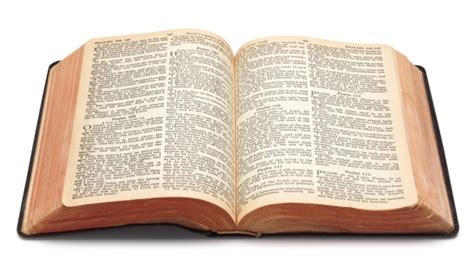Amen! Jesus is the Bread of Life. Just as bread nourishes our physical bodies, Jesus gives and sustains eternal life to all believers. John 6:35 - "I am the bread of life. He who comes to Me shall never hunger, and he who believes in Me shall never thirst." As He was accustomed, Jesus used figurative language to emphasize these spiritual truths. Jesus explains the sense of the entire passage when He says in John 6:63 - "It is the Spirit who gives life; the flesh profits nothing. The words that I speak to you are spirit, and they are life."
The literal interpretation of literally eating flesh and literally drinking blood (transubstantiation) equates to cannibalism and is absurd. Eating and drinking is not literal (cannibalism) here but the reception of God’s grace by believing in Christ, as He makes clear by repeating the same truths in metaphoric and plain language below:
John 6:40 - Everyone who looks to the Son and believes in Him may have everlasting life; and I will raise him up at the last day.
John 6:54 - Whoever eats My flesh and drinks My blood has eternal life, and I will raise him up at the last day.
John 6:47 - Most assuredly, I say to you, he who believes in Me has everlasting life.
John 6:58 - He who eats this bread will live forever.
"He who believes" in Christ is equivalent to "he who eats this bread and drinks My blood" because the result is the same, eternal life.
Bread represents the "staff of life." Sustenance. That which essential to sustain life. Just as bread or sustenance is necessary to maintain physical life, Jesus is all the sustenance necessary for spiritual life. The source of physical life is blood -- "life is in the blood." As with the bread, just as blood is the empowering or source of life physically, Jesus is all the source of spiritual life necessary.

